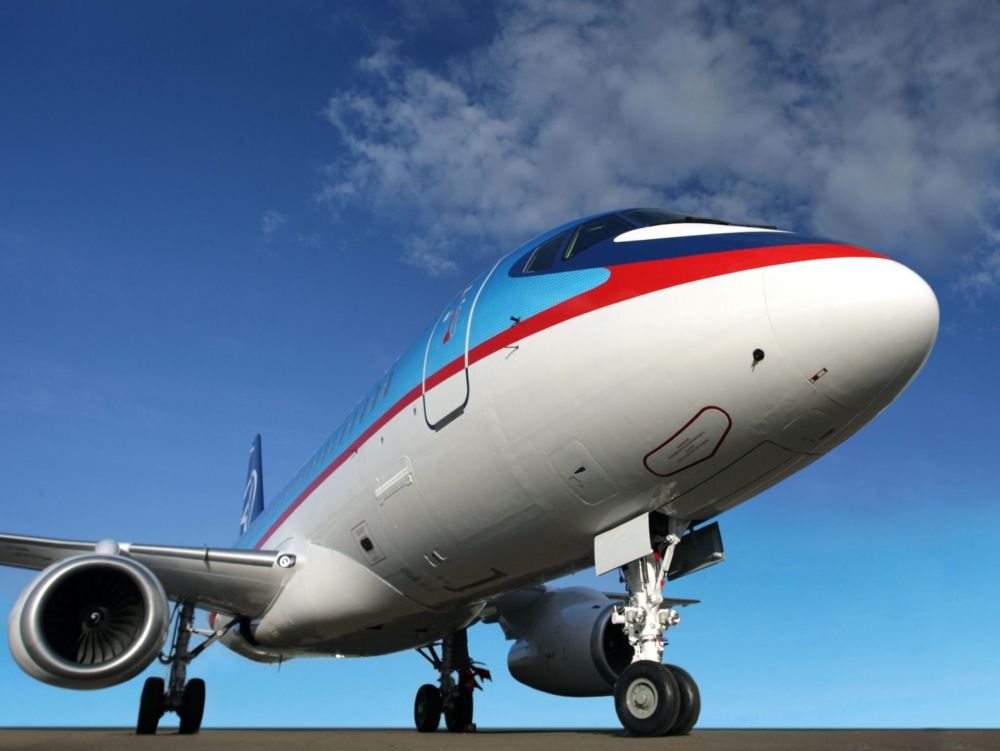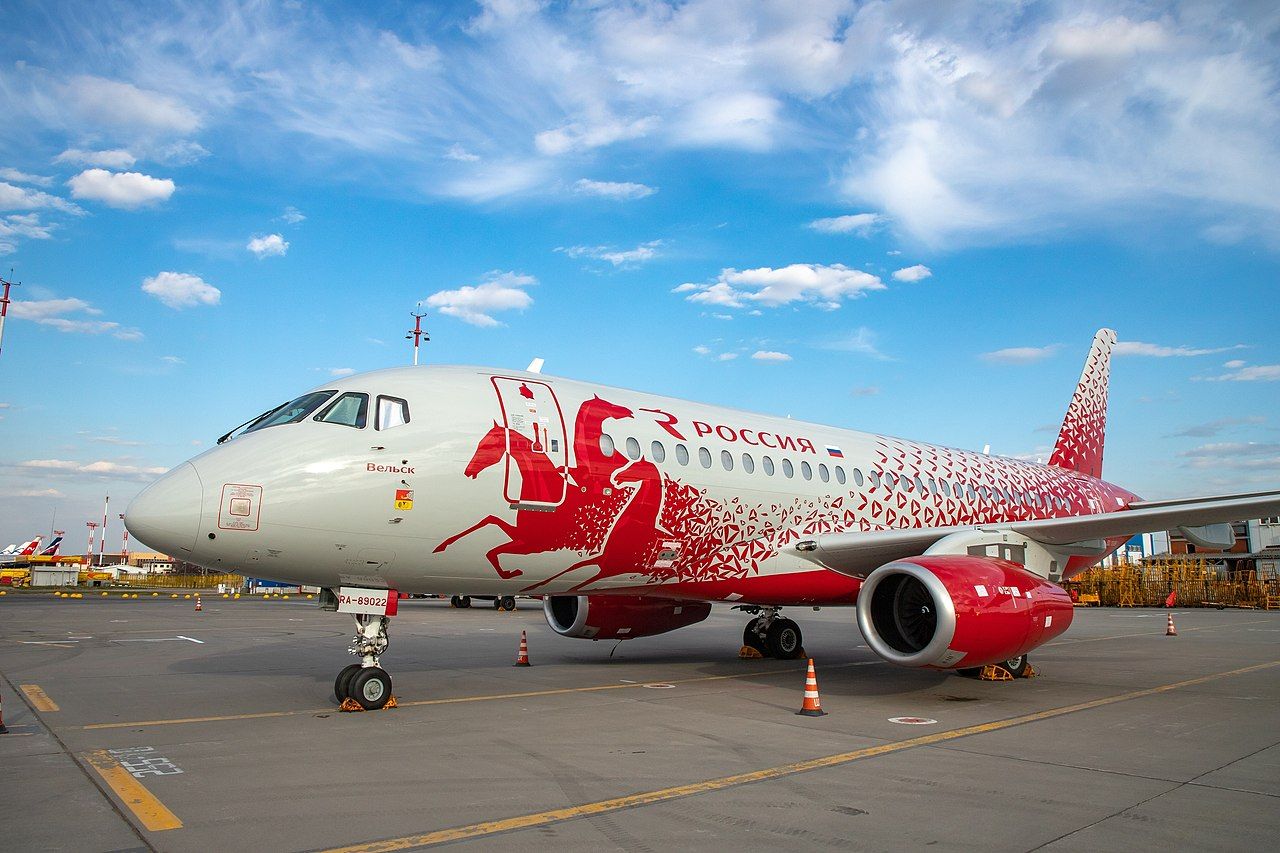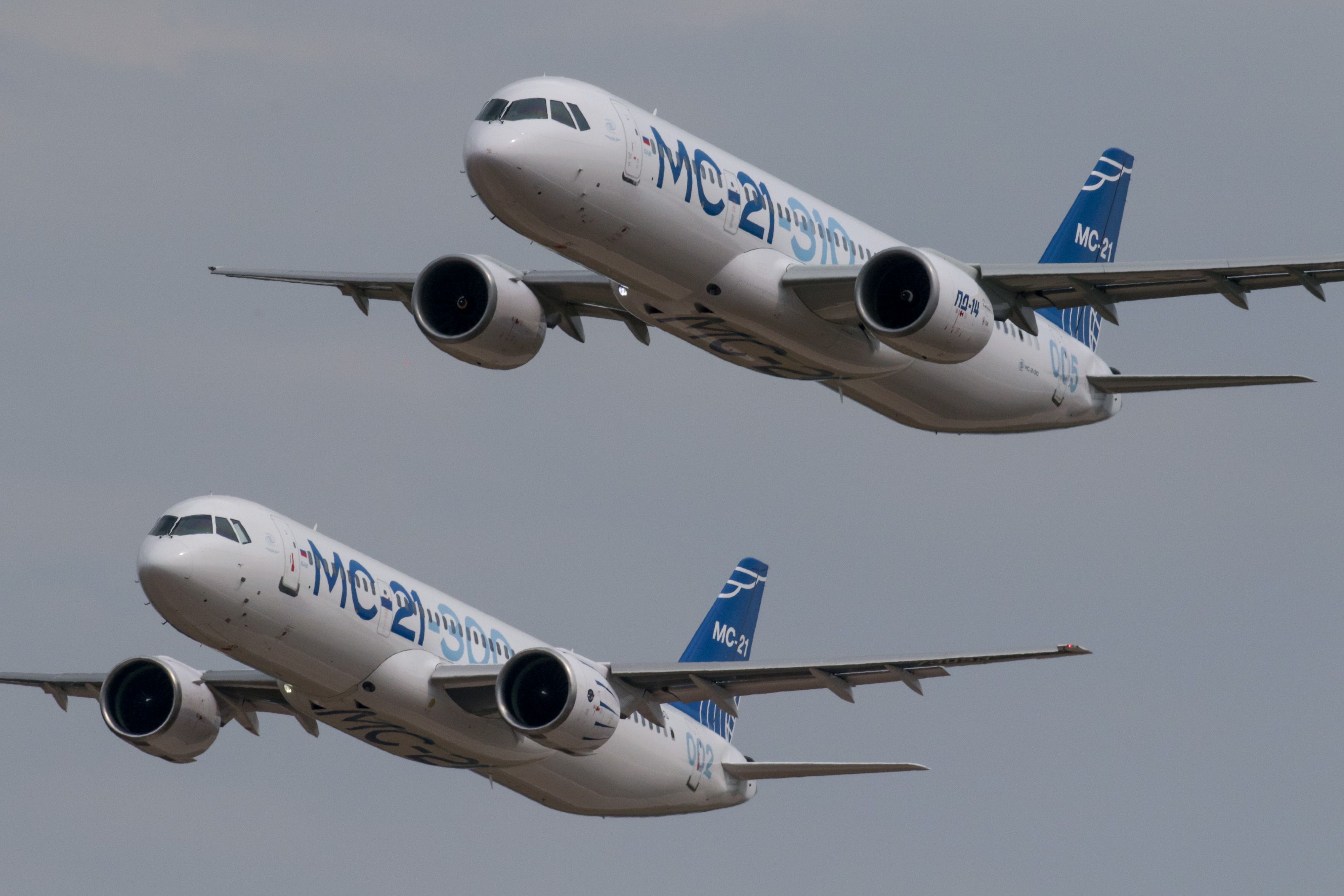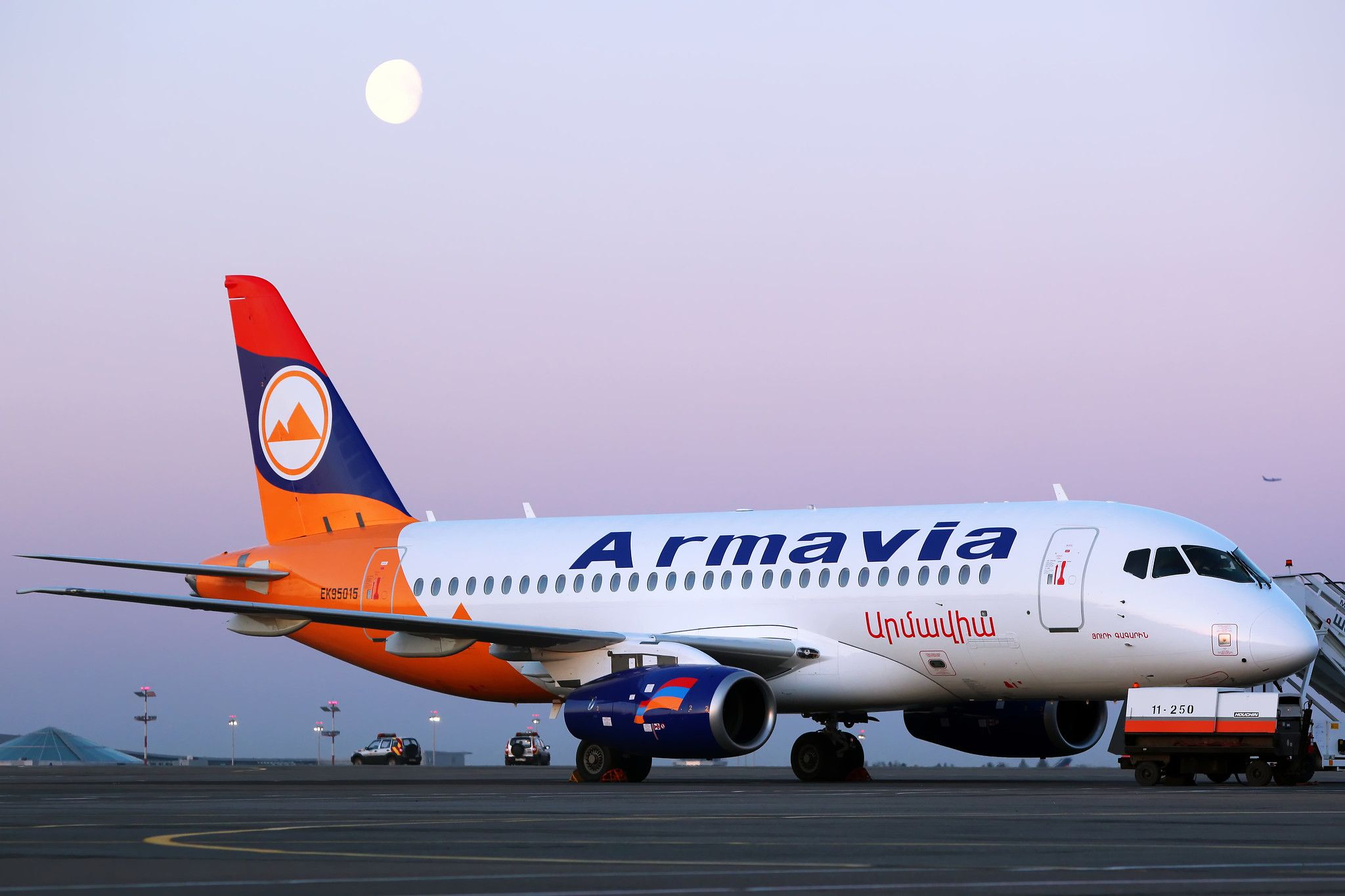As the conflict in Ukraine persists and Western sanctions continue to impact the ability of Russian airlines to obtain spare parts and maintain their fleets, Russia is looking to decrease its dependence on imports for aircraft production.
The construction of the SSJ-New demonstrates this process, known as import substitution. When the aircraft was first announced in 2015, it was expected that around 50-60% of the parts would be Russian-made. To combat the effects of the sanctions and to enable the construction of the aircraft to continue, this figure has now risen to almost 100%.
The first import-substituted SSJ-New airframe is currently in the final stages of assembly, with its maiden flight expected to take place by mid-2023. The second SSJ-New airframe to be produced recently arrived at the Gromov Flight Research Institute in Zhukovsky, where it will be put through its paces in rigorous testing before being assembled.
The CEO of Russia’s United Aircraft Corporation (UAC), Yury Slyusar, said,
"We hope the first flight [of the SSJ-New] with complete import substitution will be in the middle of next year, to start deliveries to airlines by the end of the year [2023].”
The Irkut MC-21 is another aircraft that Russia hopes will soon be fully import-substituted. The aircraft first took to the skies in May 2017, however, the need to move away from imported parts has significantly delayed the program.
The country’s minister of industry and trade, Denis Manturov, confirmed the timelines, stating,
"The Sukhoi Superjet should be completely import-substituted by the end of the year, and the MC-21 aircraft should follow suit by the end of 2024.”
There are currently 175 Irkut MC-21s on order, with the largest single order being, perhaps unsurprisingly, from Aeroflot.
Discover more of the latest aviation news with Simple Flying.
What is import substitution?
Import substitution is an economic policy that aims to replace imports with domestically produced goods. As a result of sanctions following the conflict in Ukraine, Russia has had no other choice but to decrease its dependence on imports. In addition to its aviation industry, the Russian Government has adopted plans for import substitution in more than 20 economic sectors.
Russian Airlines are becoming increasingly desperate as the sanctions continue to bite. Reports emerged just last week that Aeroflot had begun stripping one of its brand-new Airbus A350s for parts.
A closer look at the SSJ-New and its predecessor, the SSJ 100
The SSJ-New is the updated version of the Sukhoi Superjet 100 (also known as the SSJ 100), and with a capacity for 87 to 98 passengers, is slightly smaller than the Airbus A220.
The SSJ 100 took its first commercial flight in April 2011. To date, 167 have been delivered. Rossiya Airlines is the largest operator, with 72 SSJ 100s currently in its fleet and a further 30 on order. The carrier’s SSJ 100s feature 87 seats in a two-class configuration, or 100 seats in an all-economy configuration.
Find out which airlines operate the SSJ 100 here.
What do you think of Russia’s plans to reduce its dependency on imports for aircraft construction? Share your thoughts by commenting below.




